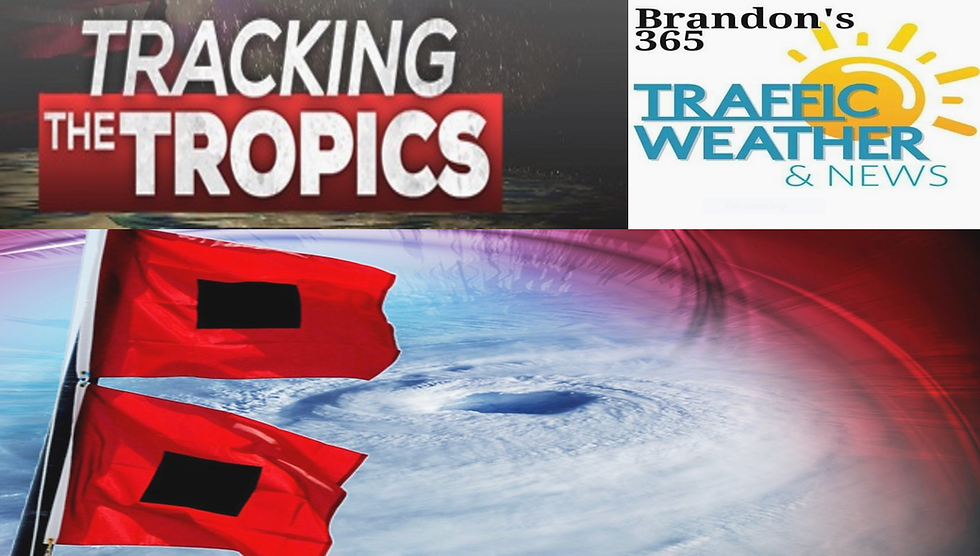All about the MJO (Madden–Julian oscillation)
- Brandon Shipp

- Aug 2, 2021
- 2 min read
Updated: Jun 4, 2024

The Madden-Julian Oscillation (MJO) is a fluctuation in tropical weather on weekly and monthly timescales. Several times a year the MJO is a strong contributor to various extreme events in the United States. The MJO is an eastward moving disturbance of clouds, rainfall, winds, and pressure that traverses the tropics and returns to its initial starting point in 30 to 60 days, on average. The MJO consists of two parts, or phases: one is the enhanced (or convective) phase and the other is the suppressed rainfall phase. Strong MJO activity often dissects the planet into halves: one half within the enhanced convective phase and the other half in the suppressed convective phase. In the suppressed convective phase, winds converge at the top of the atmosphere, forcing air to sink and, later, to diverge at the surface. As air sinks from high altitudes, it warms and dries, which suppresses rainfall. When the enhanced phase is over the Atlantic basin or Gulf Of Mexico that can cause more favorable conditions for tropical development. Studies have shown it also has been known to reduce wind shear across the basin. The less wind shear that is available the more storms are likely to strengthen. Wind shear can prevent storms but if there is little to no wind shear storms are free to intensify most of the time. Wind shear is the change of wind direction or speed with height. Tropical systems do not like wind shear, because if the shear is too strong, it can tear the storm apart. The suppressed phase is less favorable for tropical development. The MJO can also impact weather in the winter time as well and the placement of arctic cold air outbreaks.








Comments